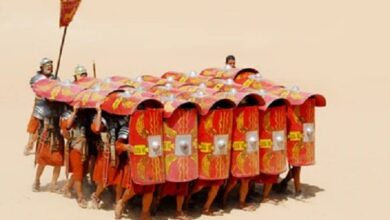What is Favela origin and Overcoming Stereotypes
Favela
Favela is a set of precariously built popular housing lacking infrastructure (sewage, water supply, energy, health center, garbage collection, schools, public transport, etc.).
Favelas are located in irregularly occupied areas on the slopes of hills, on the banks of streams, rivers, canals, mangroves, etc. The houses are built in wood or masonry, many with more than one floor, with no spacing between them, creating a densely populated area.
Favelas are the living expression of social inequalities, marginalization and social exclusion of part of the population of large cities in the underdeveloped or developing world. In Brazil, this cluster of buildings is called favela, in Peru – barriadas, in Chile – callampas, in Venezuela – barrios, among others.
Today, favelas have become part of the landscape of many Brazilian cities. The Rocinha favela, located on Dois Irmãos hill, in the South Zone of Rio de Janeiro is known as the largest favela in Brazil, with approximately 70,000 inhabitants.
Since 1980, favelas have been undergoing an urbanization policy and the integration of these spaces into the city gave rise to the term “community“, as a way of softening the stigma of the word favela.
Origin of the term Favela
As for the origin of the name, there is a very interesting story behind it. During the Guerra de Canudos , soldiers set up camp on hills close to the battlefields. Thus, one of these hills was called Morro da Favela. This is due to the name of a homonymous plant typical of the region.
Therefore, after this event, many soldiers who returned from the war were allowed to settle in precarious housing. One of these places, which deserves mention, was Morro da Providência, in Rio de Janeiro.
In this way, the soldiers built houses without any real estate concerns. Those that were very similar to the constructions carried out in Morro da Favela. Therefore, the nickname stuck, and thus, the hill where they settled became known as Morro da Favela.
Therefore, from the 1920s, the term favela became associated with any type of housing that was built in a simple and precarious way.
Overcoming Stereotypes
Despite this, seeing the favela only as a place of violence and crime means restricting all its characteristics to a single negative aspect. Since there is also violence and criminality in other spaces.
Thus, for not knowing the reality of these communities, many people tend to build prejudices and judgments. All this based on assumptions that do not agree with all the people who live there. So, for them, it is as if every “favela” had characteristics common to all other residents. Just as if they didn’t have their own individuality.
But, the truth is that there are many people who live in favelas just out of necessity or lack of choice. However, despite the fact that many of these spaces have their limitations, many people are proud of their origin, and of living in a favela.
